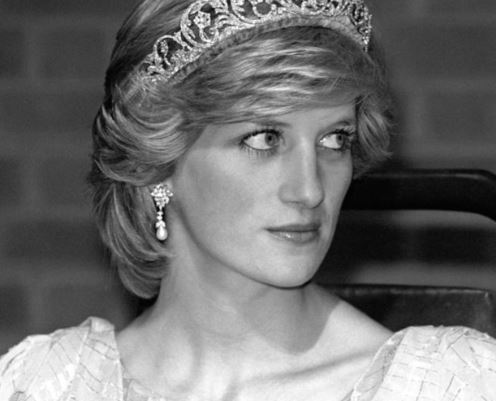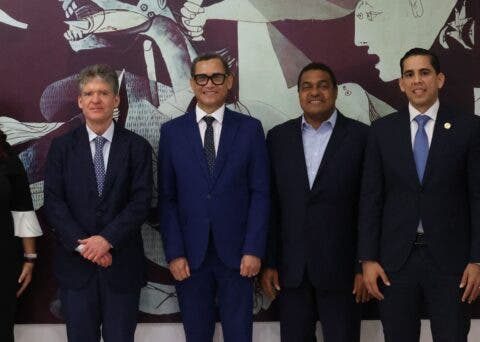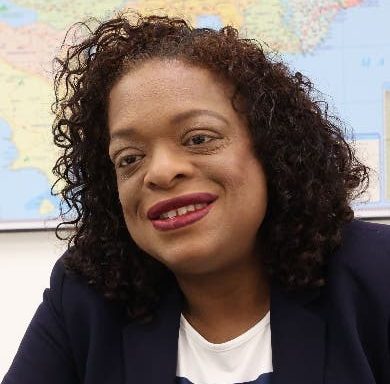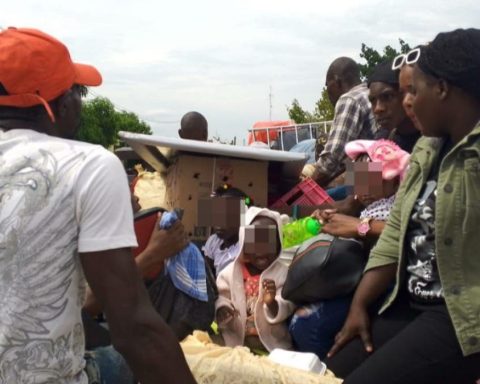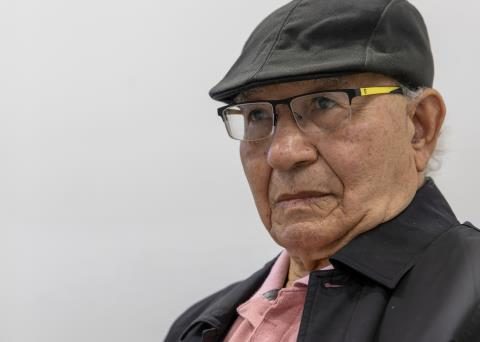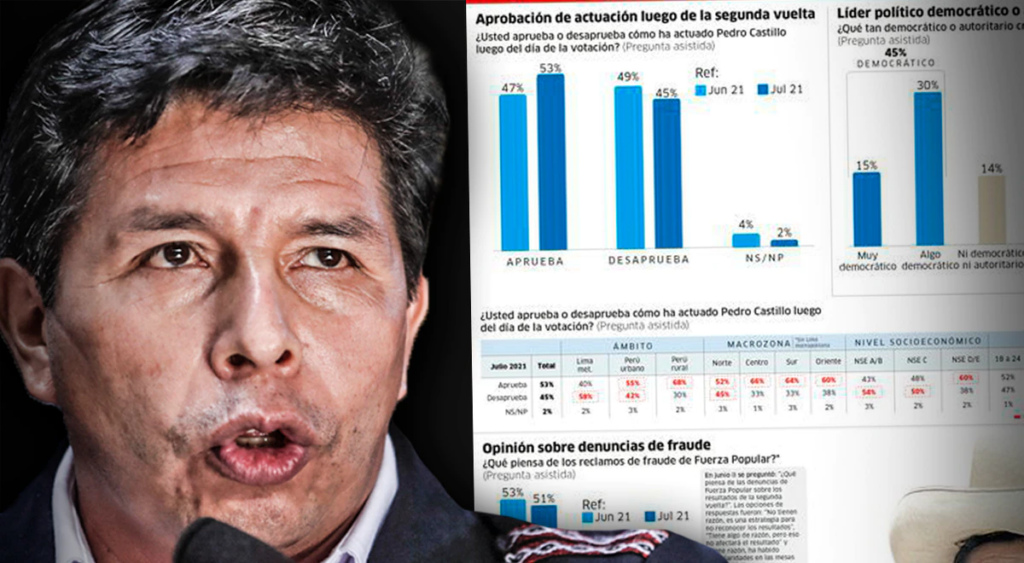Paris, Aug 30 (EFE).- Diana of Wales She was the most photographed woman in the press. Her last summer on the Côte d’Azur and Corsica was candy for the paparazzi who made August with the snapshots of the Princess of Wales, before starting a deadly career in Paris in which Lady Di lost his life.
On the 25th anniversary of the death of the town’s princess, traces of the love that many citizens felt for her can be seen around the place where she died, the tunnel that connects the Plaza de la Concordia with the Puente del Soul.
Tourists and admirers of the princess are concentrated there these days, where they have left photographs, flowers and messages of remembrance of an intense life marked by heartbreak, media persecution and tragedy.
The last hours of Lady Di’s life revealed what was surely one of the most toxic love relationships in the history of the press. Since she was first photographed in 1980, Diana of Wales had become the most photographed, adored and persecuted celebrity in the media.
Obtaining the snapshot of the princess with her new lover, Dodi Al-Fayed, son of the extremely wealthy British businessman of Egyptian origin Mohamed Al Fayed, became the obsession of the press in the summer of 1997.
The photographers who followed her in July on the shores of Saint Tropez even rented a boat to catch Diana. The photo gallery in a swimsuit (turquoise, striped and pareo, leopard…) is memorable today.
If the princess had not wanted the paparazzi to find her at first, when she took her children on vacation, the tacit agreement that seemed to exist between the photographers and her, accustomed to resorting to the press as a way of connecting with the citizens.
French photographer Jean-Louis Macault was the first to get the couple together head-on. So that no one would steal the image, he hired a private helicopter service that took the reel to the office on duty.
AN OBSESSIVE PERSECUTION
The images were paid tens of thousands of euros. When Diana and Al-Fayed headed to Paris on a private plane, those who had worked as war photographers then dedicated themselves to chasing her through the French capital.
That August 30, when the couple arrived at Le Bourget airport, a dozen photographers were waiting for them behind bars. Leaving the plane, in addition to the bodyguards, Henri Paul, security number two at the Ritz hotel, owned by Al-Fayed’s father, led them to the luxurious establishment.
Hours later, airport photographs of the four crash victims – three of them fatal except for bodyguard Trevor Rees-Jones, the sole survivor – seemed uncomfortably prescient.
In Paris, Diana of Wales was not so willing to let the press achieve the instant search. The couple changed their plans countless times and met at the wrong time so as not to be photographed.
On the night of August 30, Henri Paul and Dodi Al-Fayed thought that by going out the back door of the hotel they would avoid the spotlight. Paul told the press that he was concentrating on the Plaze Vendôme that he should wait there, but the impromptu availability seemed too obvious.
Al-Fayed’s idea was to leave without security so as not to arouse suspicion, but the two bodyguards managed to convince them to let at least one of them accompany them.
However, the back door of the Ritz was also watched by reporters who tried to follow them through the center of the capital at a speed of between 100 and 150 kilometers per hour. Within minutes, the car crashed into one of the columns in the narrow tunnel.
In the documentary “The last days of Lady Diana” some of the paparazzi who followed her remember that many continued to photograph under the tunnel. The police seized some cameras and at one in the morning of the 31st many negotiated exorbitant amounts to bring the images of the princess’s accident to the front page.
By then, many thought that the Princess of Wales, who had emerged semi-conscious from the accident, would recover. For Al-Fayed and Paul it looked worse. But Diana died hours later at the Pitié-Salpetrière hospital from internal injuries.
The British tabloid press then dismissed the photographs, repudiating those who had just proposed a fortune and wondering, at least for a couple of hours, about the responsibility of the press in that death.
When it became known that Paul was driving under the influence of alcohol and Prozac, the directors of the press, who seemed ready to sing the mea culpa, breathed easy and turned the page of what for many was the story of a tragedy foretold.
In Paris, the statue of the flame of liberty has come to occupy the center of the renamed “Place Diana”. Paradoxically, that incandescent flame is the symbol of an unforgettable princess.
